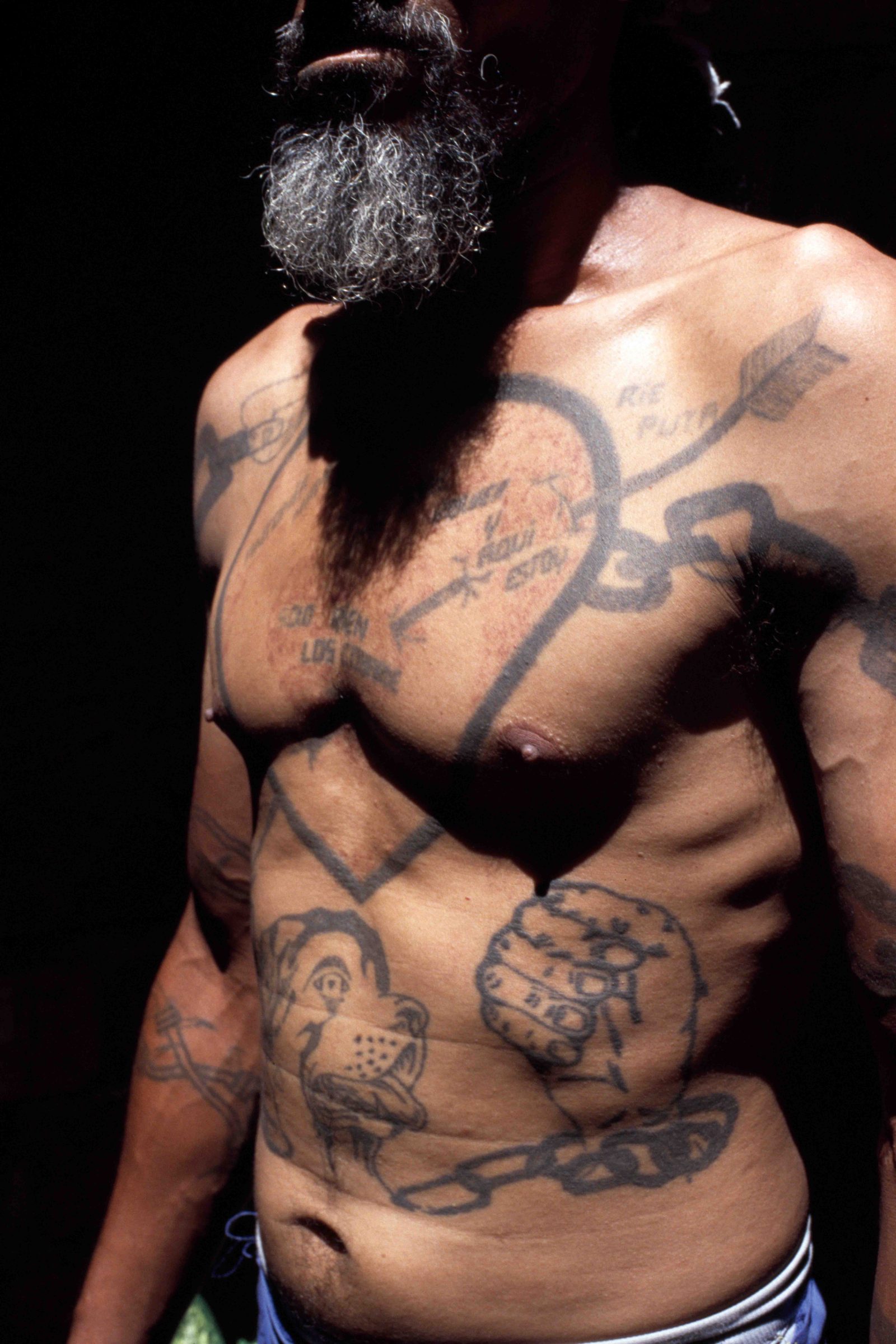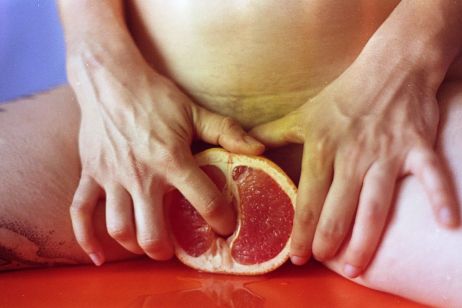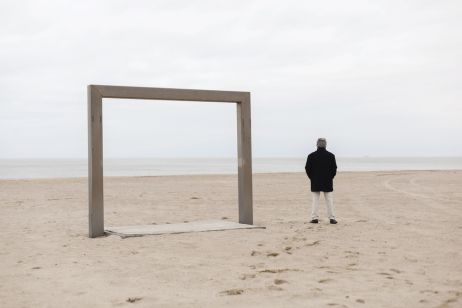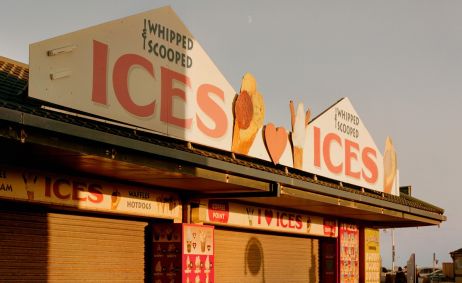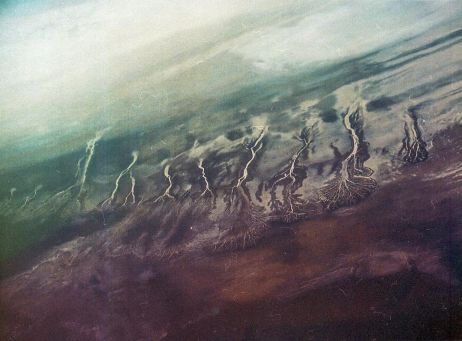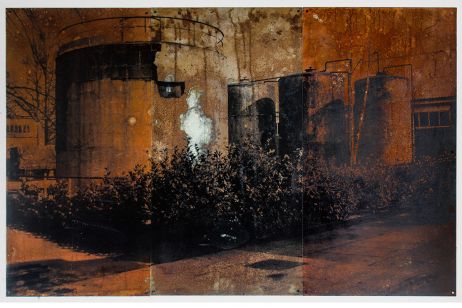Between 2014 and 2019, Brazilian photographer Rodrigo Sombra made several trips to Cuba. With Insular Night: Invisible Gardens, he delivers a personal testimony of foreign and mysterious culture. Instead of explaining it out, he deconstructs preconceived ideas often associated with the island. A project published by Paper Journal.
Fisheye: Who are you? Can you introduce yourself?
Rodrigo Sombra: I’m 33. I’ve studied journalism at University, where I also attended a photography class and learnt how to use a camera. I’ve worked as a journalist in a local journal for a year, and captured come concerts as a freelance photographer. I was born in a village in Bahia, in the north-east of Brazil. I’ve recently realised that my photographic practice was influenced by my childhood. In my father’s house there was a big window overlooking the main street. I used to spend hours on end looking through it. The rest of the time, I went to the farm where I spent hours getting lost in the pasture and cacao plantations. My current work method – roaming the streets with my camera – is linked to my contemplative childhood’s memories. It is as if photography enabled me to maintain this state of mind from before.
What makes a “good photo”?
A good picture is not only descriptive, but also able to catch the viewer’s attention because it is mysterious or inquisitive. A good photo must question what happens in the frame and what goes on beyond it – the visible and the invisible.
How important is chance in your artistic practice?
My photographic approach rests on a free and spontaneous practice. Yet, my street photographs are the results of many researches did beforehand. Objects, notebooks, photo albums, inspiring quotes – all form my personal archives, which I update every day. I refer to them every time I start a new project.

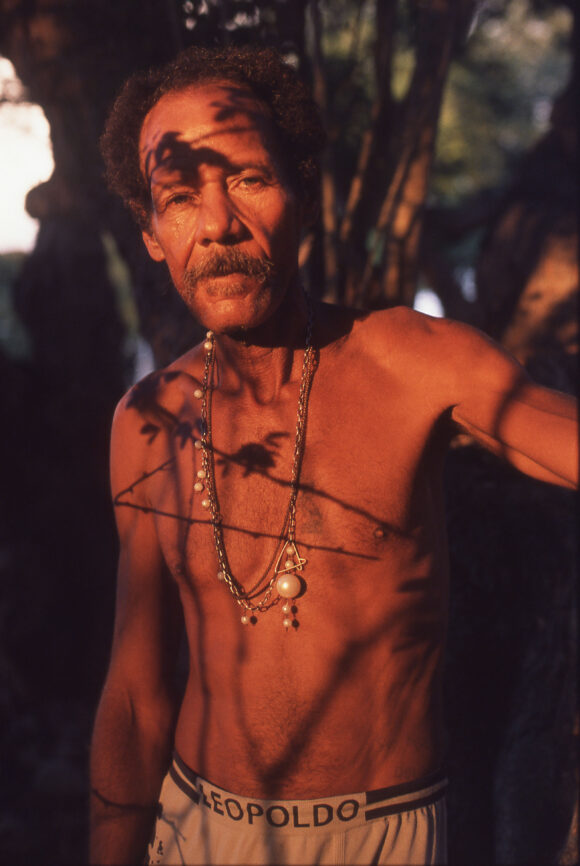
To what extent has your journalistic career influenced your photography?
Walking around searching for a story, meeting new people in the street and asking them questions… Although journalism was a brief experience, it clearly influenced my work as a photographer.
You are an avid reader. Which authors have guided you?
I love modern American literature. Truman Capote’s sensual descriptions of people and places, Francis Scott Fitzgerald’s cinematic writing, or Jack Kerouac’s vast landscapes have strengthened my sensitivity. During my trip to Cuba, I mostly read Cuban author, such as Virgílio Piñera, Cabrera Infante, Lezama Lima, Pedro Juan Gutiérrez, Calvert Casey and Leonardo Padura.
Your series Insular Night: Invisible gardens is about Cuba – a country you’ve discovered in 2014…
Insular Night: Invisible Gardens
gravitates around the notion of insularity. Living surrounded by water has very concrete consequences for the Cubans. Consequences that are not only geographical, but also psychological, cultural or even political. By highlighting the sea as a border, the insularity becomes a poetic premise to study the relations between Cubans and foreigners.

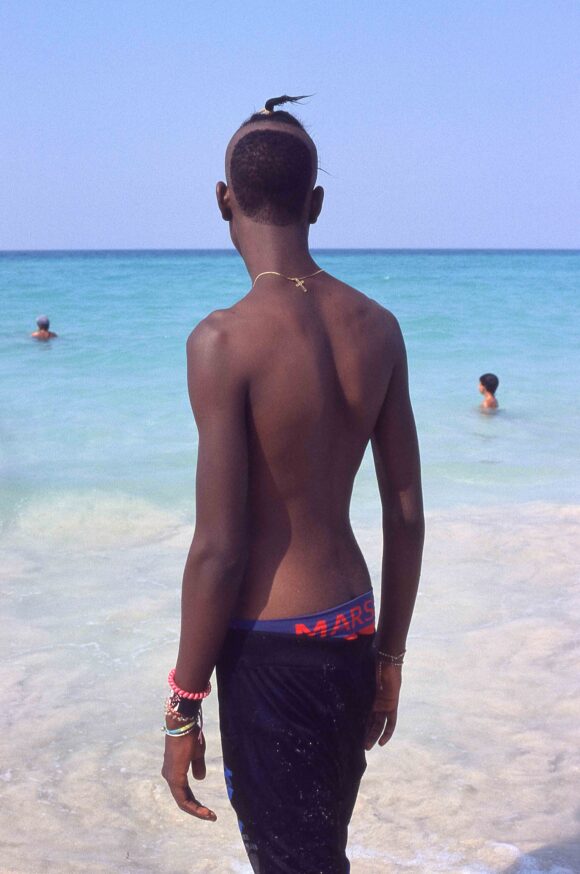
What pre-conceived ideas did you have from this country?
How I envisioned Cuba was inspired by literature. Once there, I quickly recognised situations, places depicted in the books of Pedro Juan Gutiérrez whom I discovered when I was younger. To these literary references were added new cultural traits and lifestyles – and so the image of a hegemonic state seemed very much pale and unfounded.
Once there, what did you want to highlight?
They are few places in the world which – like Cuba – generates as many preconceived ideas and opinions. What I’ve discovered exceeds all possible forms of representations. I’ve tried to honour the beauty of the reality I’ve witnessed. Despite the horrors of the world – and it is now more dystopian than ever – small miracles occur, anywhere, anytime. This is especially the case in Cuba. Maybe it is due to its unique history. Photography is a wonderful tool to anchor these moments. I also wanted to build a fictive place existing in my imagination.
This tension between reality and fiction feeds most of my work. It is amusing to look at how it was interpreted. Last year, I exhibited Insular Night: Invisible Gardens in a gallery in São Paulo. Two Cubans based in Brazil went to the opening. One of them loved what he saw, while the other only said “This is not Cuba”. I took these two reactions as compliments.
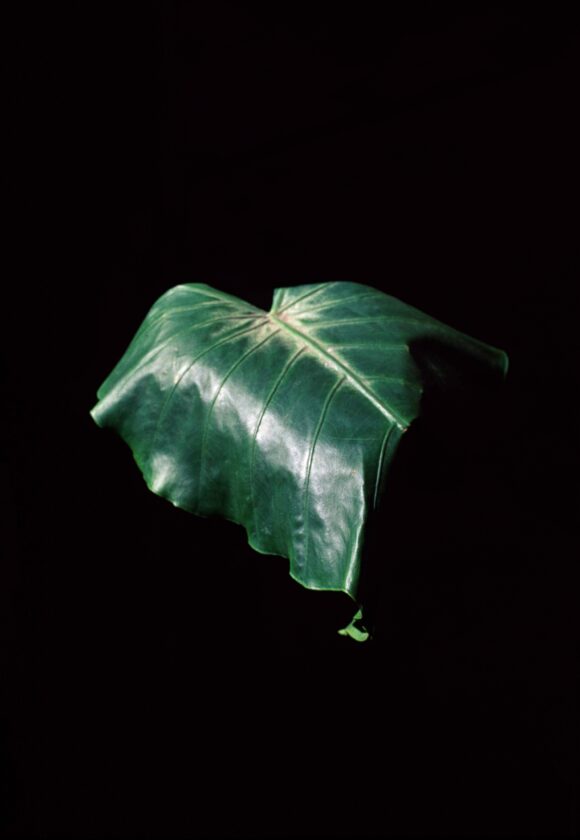
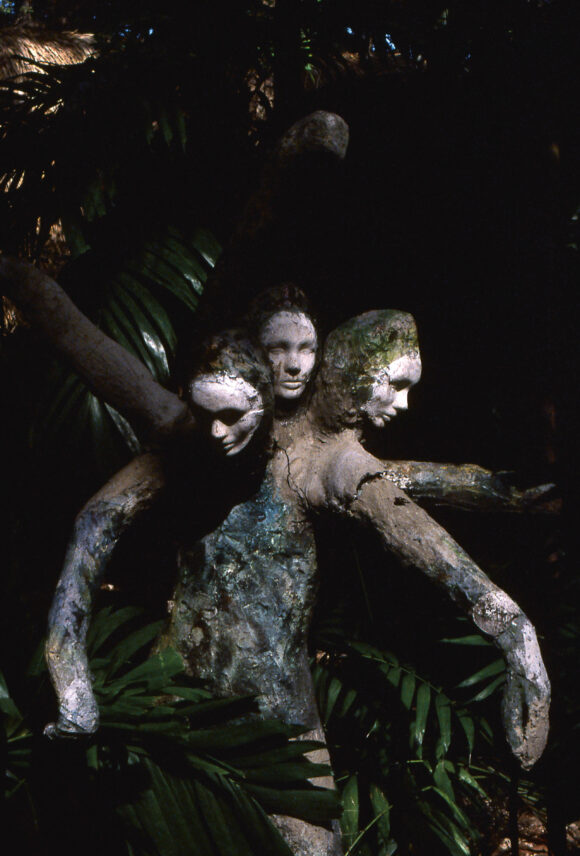
Which parts of Cuba fascinate you?
I love the blend of fluidity and slowness characterising everyday life. Hostility is scarce. In Cuba, people are more open to one another, and seem to be less motivated by their own individual goals. It is thus easier to talk to them in the streets.
I’ve often thought that despite all the economic and political riddles of the island, and all the frustration they carry, many Cubans have maintained a sort of Dionysiac attitude towards life. They are both playful and stoic – which is admirable. I am also captivated by African-Cuban traditions, such as la Santeria (a Cuban-based religion deriving from the Yoruba religion), or the Abakuá (an initiation cult considered as a fraternity or a secret society).
How did you proceed, once there?
When I arrived in Havana, I hadn’t defined any theme or concept, but my aesthetic intentions were clear. My itinerary remained unplanned. My process? Taking my camera with me every morning, and roam until the sun sets. Chance guided most of my steps. I would knock at a door to ask for information, and become friendly with the person living in the house. I was invited to visit a special place, or to stay at someone’s home for two to three days, which created a path for my project and so on.
Cuban reality is so rich, varied and disconcerting that I had no problem opening up my photographic practice. One day, I read that a young poet’s desire is to find their own style, while an old poet’s wish is to get rid of it. I absolutely agree with this theory. My trip to Cuba offered me a “stylistic diseducation” and enabled me to find my path.
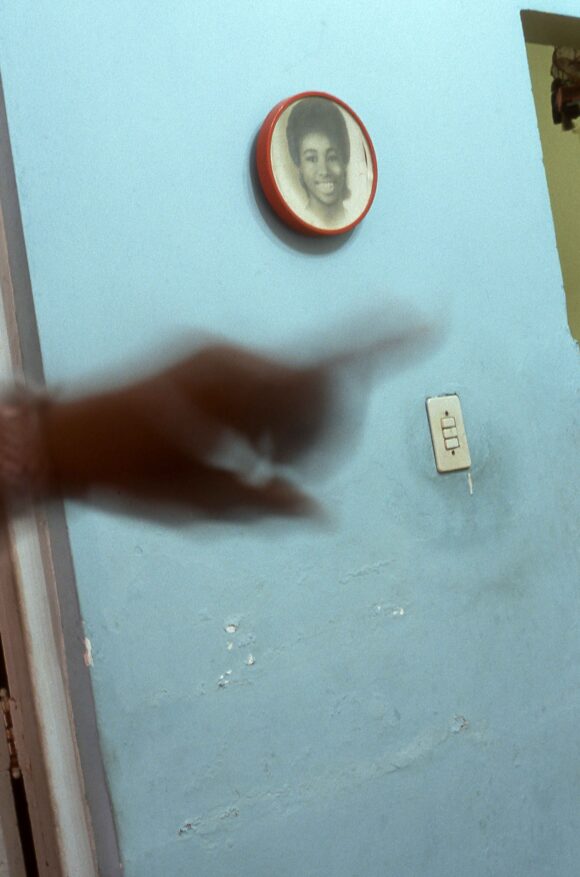

You’ve made several trips to Cuba, have you witnessed any major changes?
From 2014 to 2019 I travelled to Cuba 4 times, and spent 5 months there in total. As a foreigner, it was important for me to immerse myself in the culture. It is hard to grasp the reality of a country – especially a foreign one. However, I’ve noticed several evolutions during these 5 years. I first noticed a better access to the Internet. Local private industries have increased as well, thus worsening inequalities between Cubans. During these 5 years, I’ve also noticed more and more American visitors. And then, unfortunately, one of the biggest changes – currently still – is the relation standstill between Cuba and the United States, due to the hostile politics led by the Trump administration.
Who are the subjects in your pictures? What do they symbolise?
My characters are people who have caught my attention, one way or another, during a hazardous encounter – a look, a gaze, a piece of clothing, the way they moved or behaved… which was a mystery to me.
And then, some of my Cuban friends, with whom I spent many days and whose portraits embody the intimacy we’ve built.
Where is the series’ title from?
I “stole” this title to a poem by Cuban writer Lezama Lima. I love the way the title resonates: we cannot grasp everything an image conveys, even if it is easily recognisable.
Three words to sum up your project?
Insularity. Margin. Foreigner.
Insular Night : invisible Gardens, Paper Journal, $40.00, 48 p.
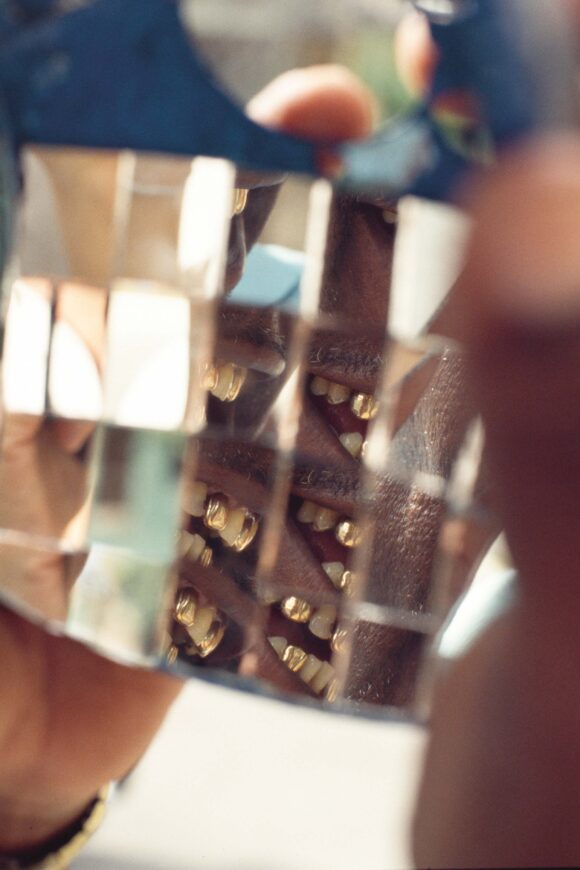
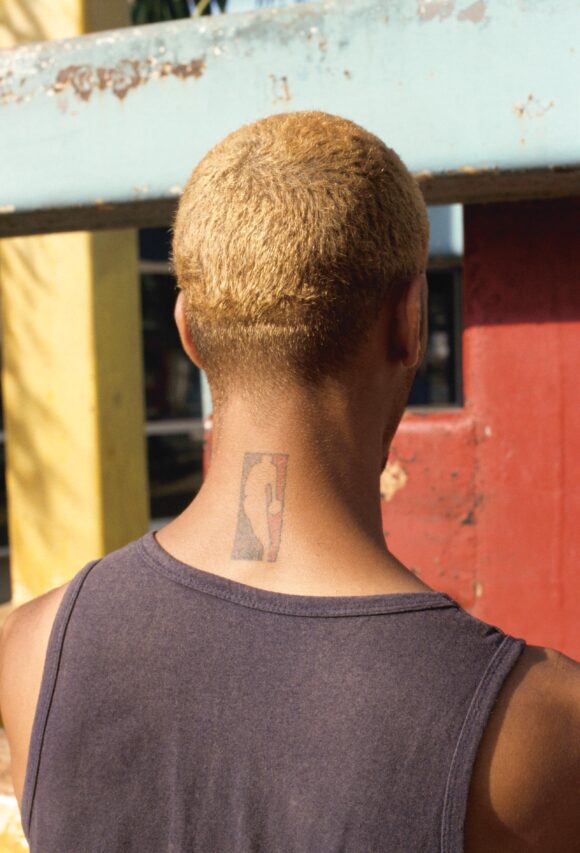
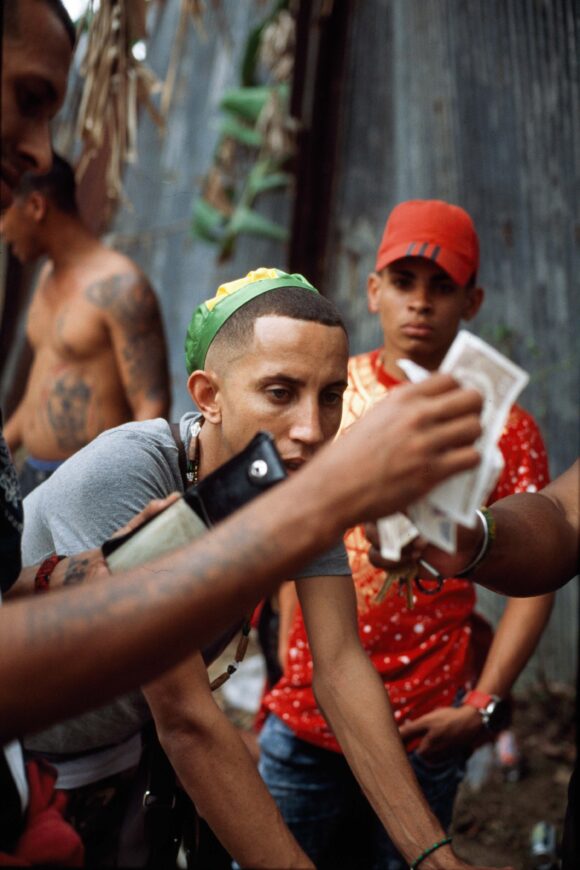
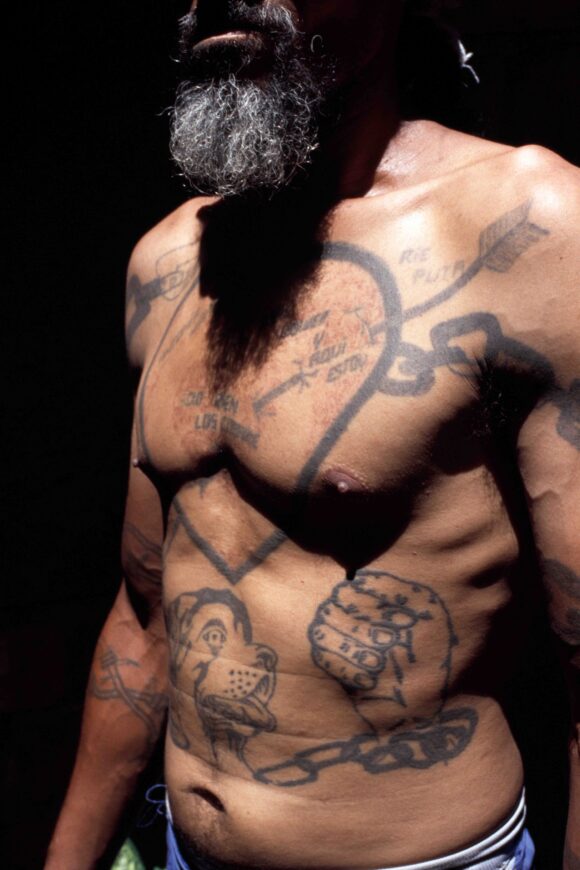
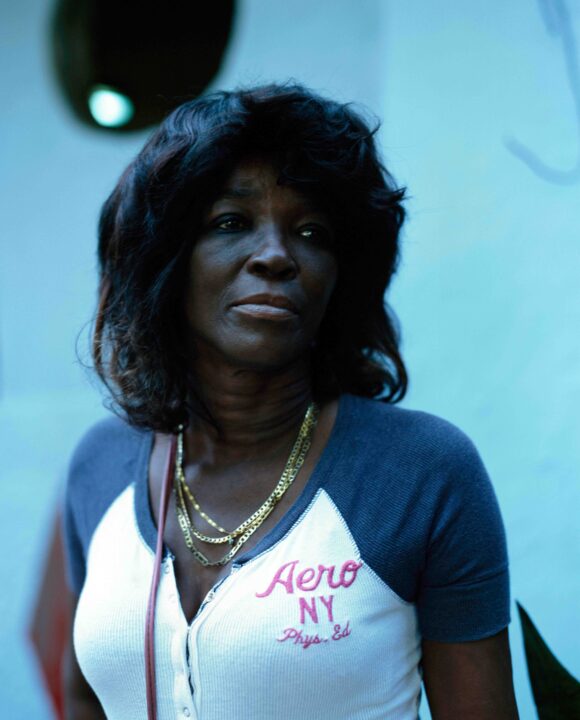


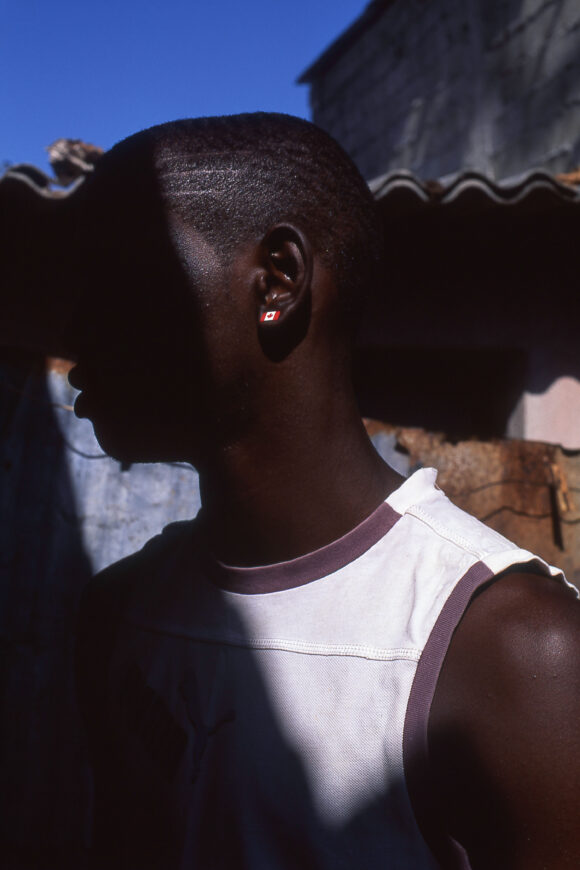
© Rodrigo Sombra
